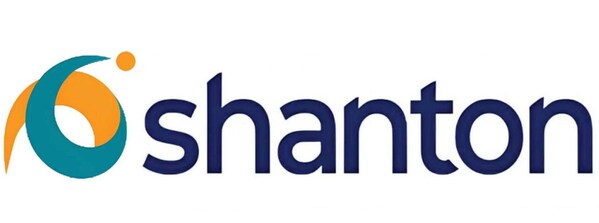
Newswire
PR Newswire - Shanton Reaches Full Enrollment in Phase 2b Refractory/Tophaceous Gout Study with SAP-001
SAP-001 is Shanton's lead investigational compound with Best-in-Class potential in uncontrolled gout
PRINCETON, N.J., Aug. 5, 2024 /PRNewswire/ -- Shanton Pharma, a clinical-stage biotech company developing a groundbreaking treatment for refractory and tophaceous gout patients, today announced full enrollment of a Phase 2b study for its investigational drug SAP-001.
"Reaching full enrollment is an important milestone in our 6-month gout study" Shanton's CEO Dr. Bing Li said, "as this sets the clock for topline data readout in Q1 2025. The study aims to show similar good efficacy and safety results that we saw in our Phase 1 and 2a studies in regular gout patients, but now in the more challenging target population of truly refractory patients that often have a more severe form of gout with limited treatment options. The challenge of this study was to just enroll patients that do not respond to a maximum tolerable dose of conventional Xanthine Oxidase Inhibitors such as allopurinol or febuxostat, which we have now accomplished through full enrollment of the Phase 2b study."
About Gout
Gout is the most common form of inflammatory arthritis, and the second most prevalent metabolic disease caused by too much uric acid in the bloodstream, with over 10 million adult patients diagnosed in the US alone.1 Hyperuricemia, elevated serum uric acid levels, can over time result in gout when urate crystals are deposited in joints (tophi) and other body tissues, causing inflammatory responses and painful gout attacks (flares). Recurrent gout flares are debilitating and can lead to joint destruction and joint disfigurement.
About 29% of diagnosed gout patients in the US are treated with urate lowering therapies (ULTs), but only half of those patients sufficiently respond to or can tolerate current treatment options. It is estimated that up to 20% of US gout patients on standard-of-care allopurinol or febuxostat are physiologically refractory to these treatments, and that up to a third of gout patients develop tophi. 2,3,4
About Shanton's Phase 2b Gout Study
Shanton's Phase 2b study is a six-month, multi-center, randomized, double-blind, placebo-controlled, dose-ranging clinical study in refractory gout patients with or without tophi, to evaluate the efficacy and safety of a 10, 30, or 60 mg tablet dose of SAP-001. The study has now reached full enrollment with 87 patients from 21 US sites.
The Primary objective is to assess the effectiveness of SAP-001 in lowering serum urate levels in gout patients that are refractory to standard-of-care Xanthine Oxidase Inhibitor (XOI) therapy. Secondary study objectives include safety and tolerability assessments, frequency of gout flares, and change in tophi number, size, and mass.
About Shanton Pharma
Shanton Pharma is a privately held, clinical-stage biotech founded in 2016 by experienced pharma entrepreneurs, with a research focus on unmet needs associated with hyperuricemia and gout. The company is headquartered in the US with research and development activities in the US, China, and Singapore.
SAP-001 is Shanton's lead investigational compound for once-a-day oral urate-lowering therapy that targets refractory and tophaceous gout. SAP-001's urate lowering properties are based on a unique mechanism-of-action and the product has shown unparalleled efficacy and safety in Phase 1 and Phase 2a clinical studies in gout patients with hyperuricemia. Based on its clinical profile and mechanism, SAP-001 has the potential to become the Best-in-Class treatment for refractory and tophaceous gout.
To learn more about Shanton Pharma, go to https://shantonpharma.com.
References
Chen-Xu, M., Yokose, C., Rai, S.K., Pillinger, M.H. and Choi, H.K. (2019), Contemporary Prevalence of Gout and Hyperuricemia in the United States and Decadal Trends: The National Health and Nutrition Examination Survey, 2007–2016. Arthritis Rheumatol, 71: 991-999. Juraschek SP, Kovell LC, Miller ER 3rd, Gelber AC. Gout, urate-lowering therapy, and uric acid levels among adults in the United States. Arthritis Care Res (Hoboken). 2015 Apr;67(4):588-92. doi: 10.1002/acr.22469. PMID: 25201123; PMCID: PMC4362996. Clarivate Incidence and Prevalence Data Base. Kasper, I.R., Juriga, M.D., Giurini, J.M., Shmerling, R.H., Treatment of tophaceous gout: When medication is not enough, Seminars in Arthritis and Rheumatism, Volume 45, Issue 6, 2016, 669-674.
Media Contact
Pieter de Ridder
VP of Business Development
pieter.ridder@shantonpharma.com




 ภาษาไทย
ภาษาไทย English
English
Comment